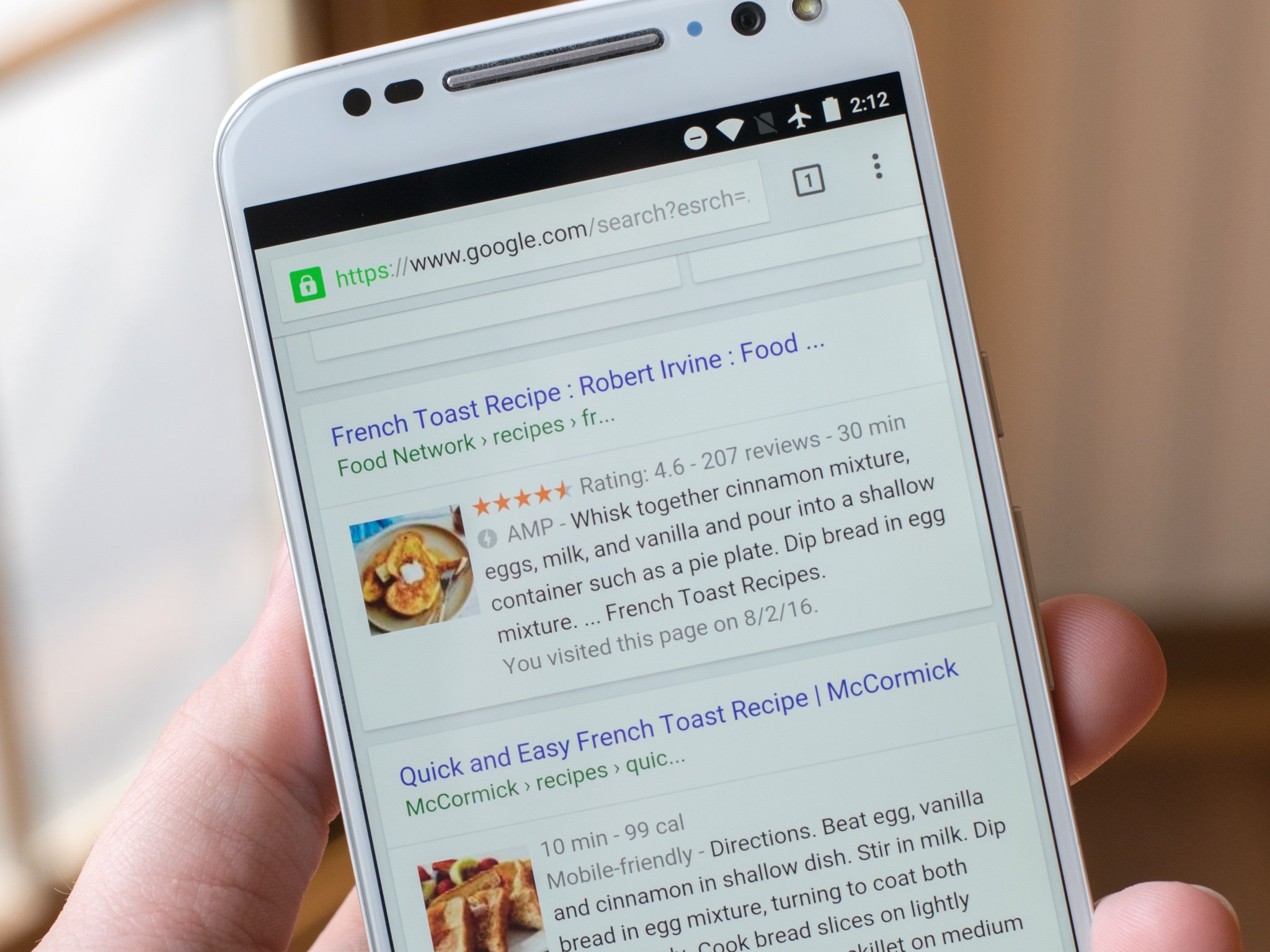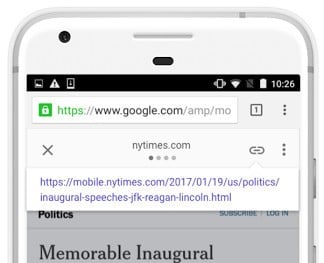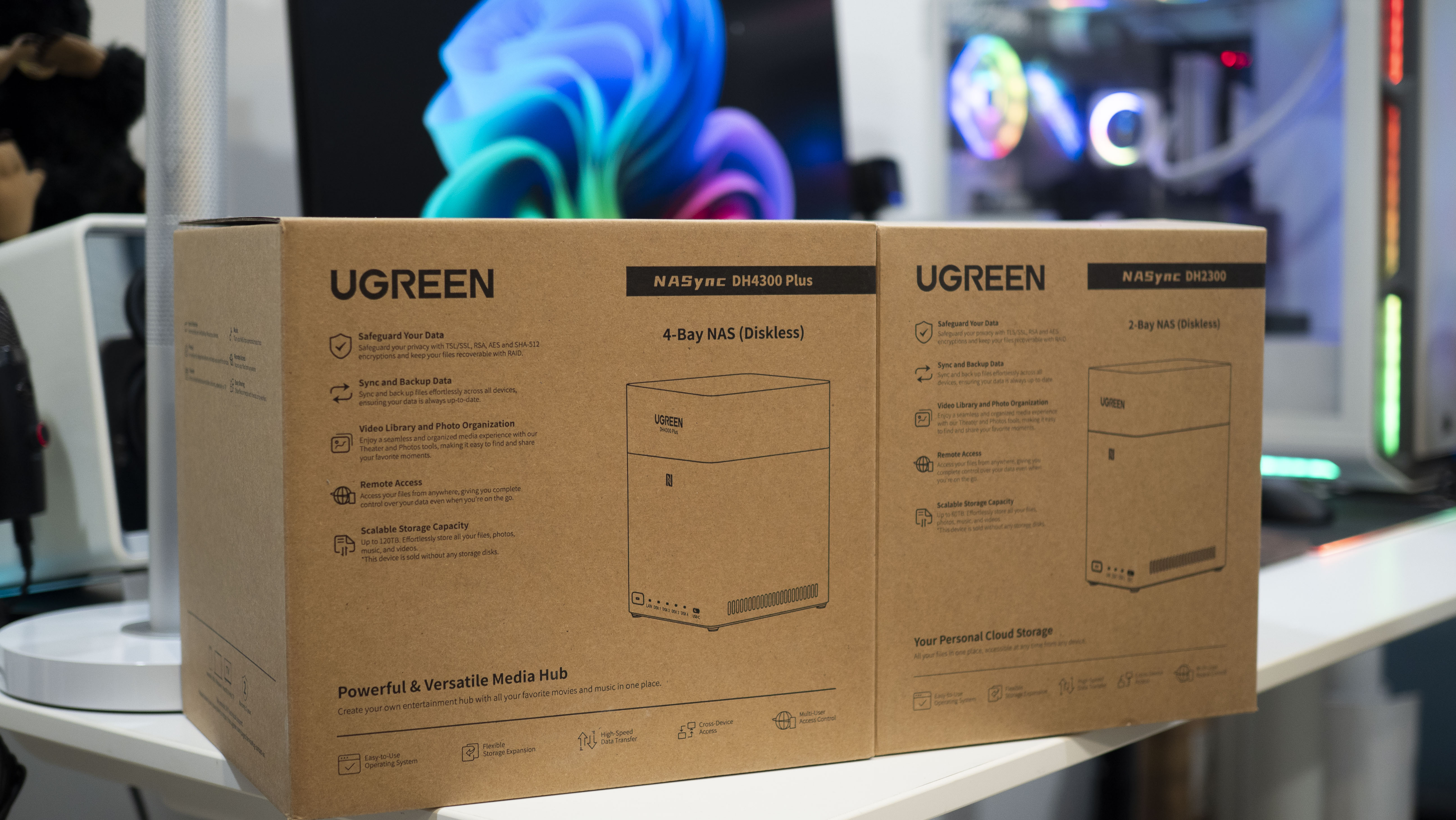Google is making it easier to see the original URL from an AMP search result

AMP pages are great. They are designed to help us find what we're looking for when we're mobile and point us towards search results that are easy to read because they were designed for a smaller screen and touch-based navigation. So many people use their phones to get on the internet and get the information they need that anything that makes the experience better is welcomed.
On the web, trust is important. You need to know you're seeing results from a place you trust.
But there are a few drawbacks to using AMP URLs, too. One is that they require a separate (and sometimes frequently changed) URL to be cached by Google, and this breaks the traditional way the web works. When something goes on the internet, it should be there forever, in the same place. Moving the URL we use from a mobile device around can make things confusing. Google is working on streamlining this so the right solution can be found.
The other issue with AMP pages is user-facing. We don't know exactly where we are or if what we are seeing is from the website it claims to be. It's also difficult to share the actual URL of a web page when you are viewing through an AMP search result. This is the issue (they are really the same issue) Google is addressing today.

AMP headers will now have an anchor "button" you can tap to get access to the full canonical URL.
The layout and navigation features of am AMP page haven't changed. You'll still see the header whilst at the top of a page, and it will slide out of view as you scroll down to allow more screen space for actual content. But now, when we push that header back into view we'll be able to find the "real" location of the page we're seeing and share it with a long press on the URL itself.
The feature is available in the Google app for iOS today and is coming to the Android app soon. Google is also working with the WebShare API to allow users to use the native sharing features of their phone and share the canonical URL as well.
Transparency is important. While changes like this may seem insignificant, being able to use Google's AMP platform while verifying exactly what we are seeing is a welcome update.
Get the latest news from Android Central, your trusted companion in the world of Android

Jerry is an amateur woodworker and struggling shade tree mechanic. There's nothing he can't take apart, but many things he can't reassemble. You'll find him writing and speaking his loud opinion on Android Central and occasionally on Threads.
